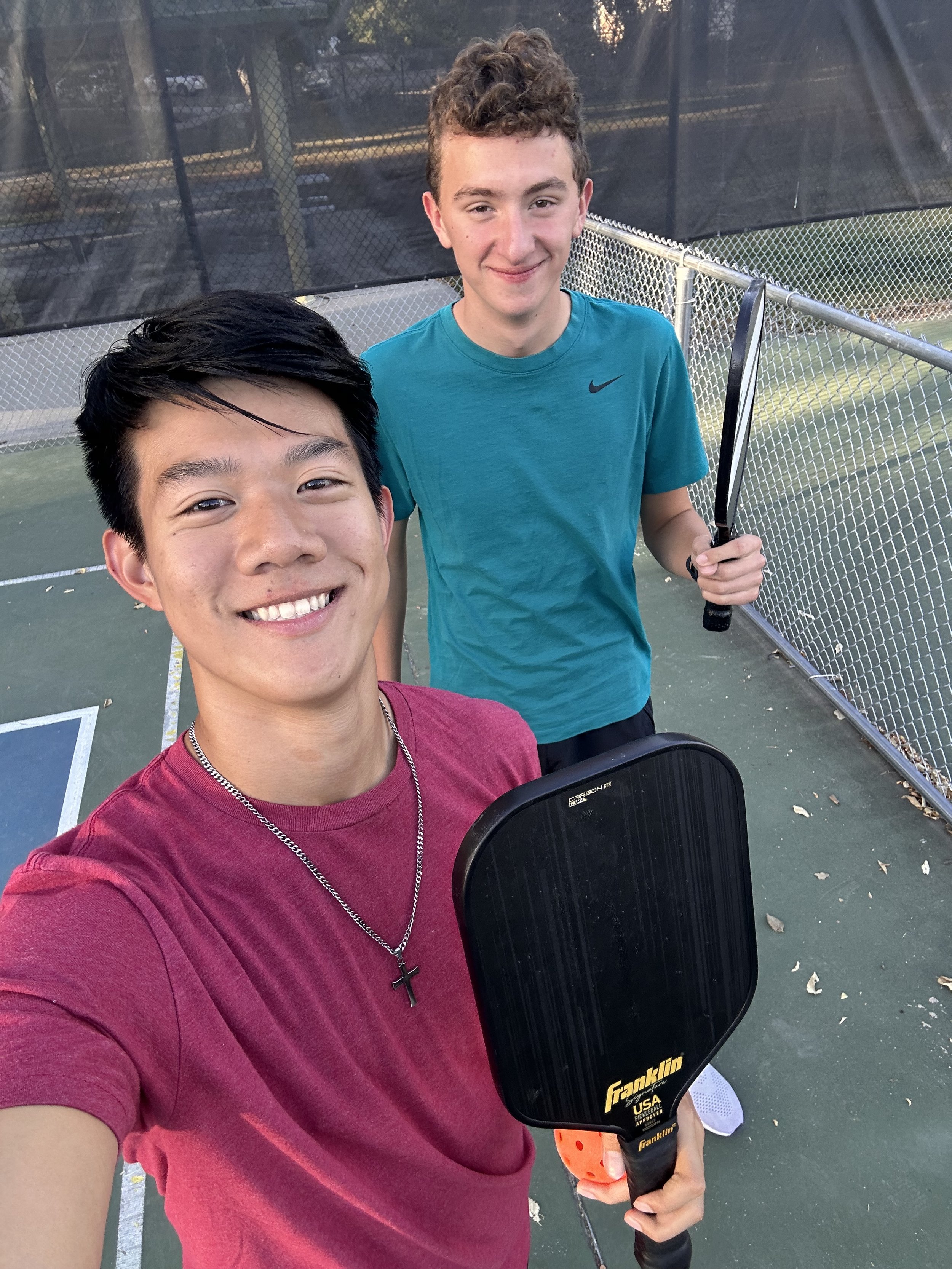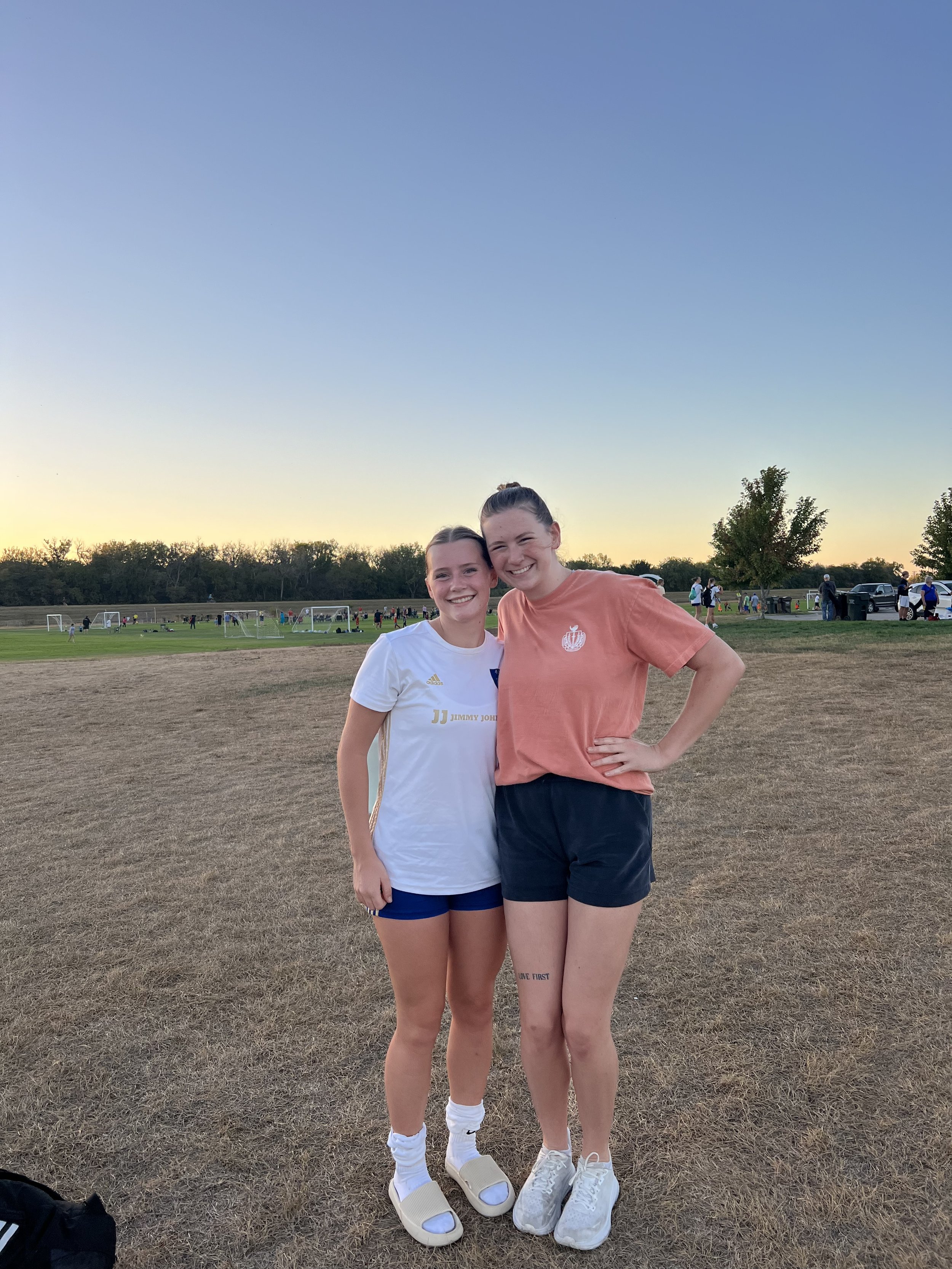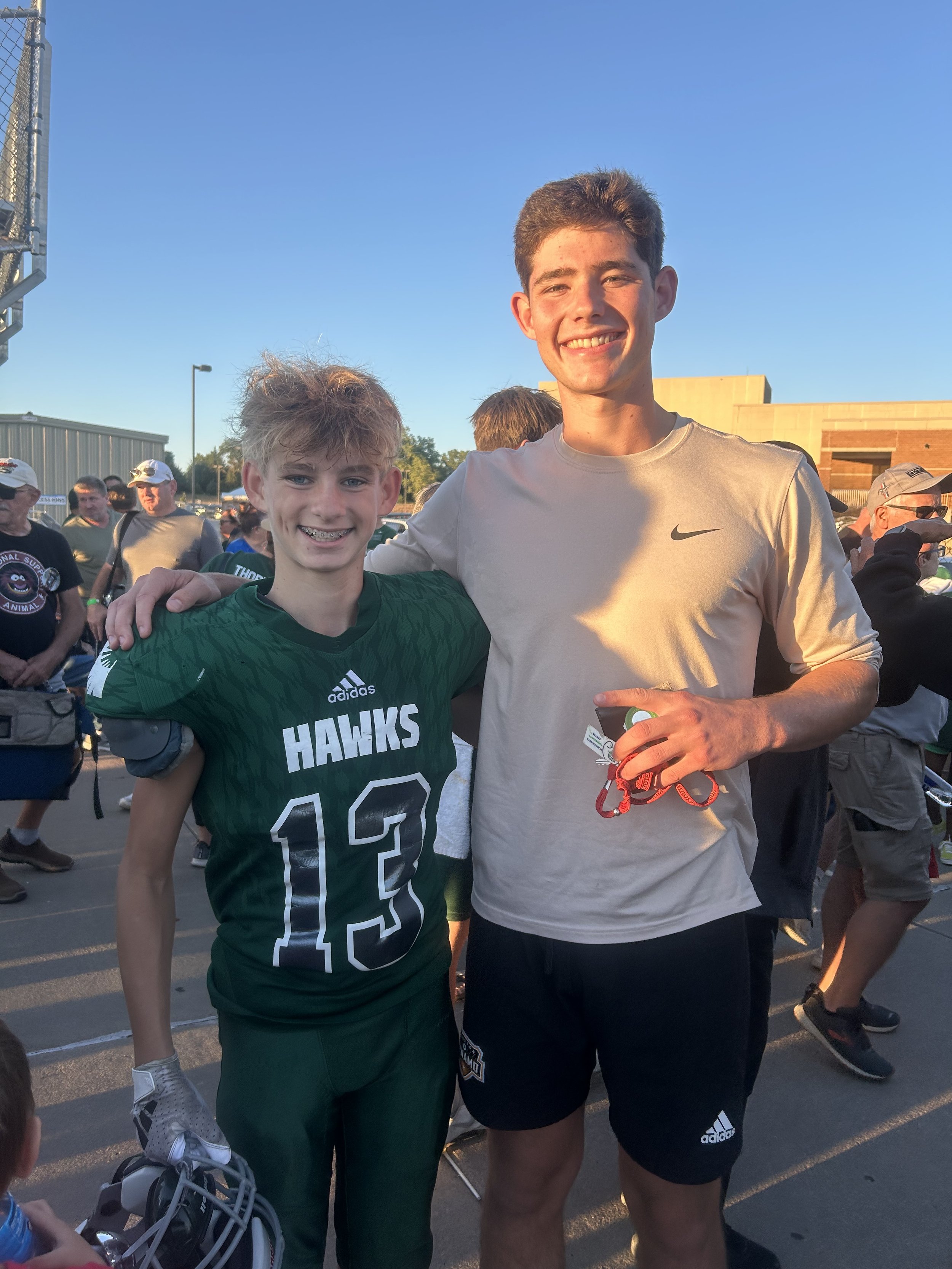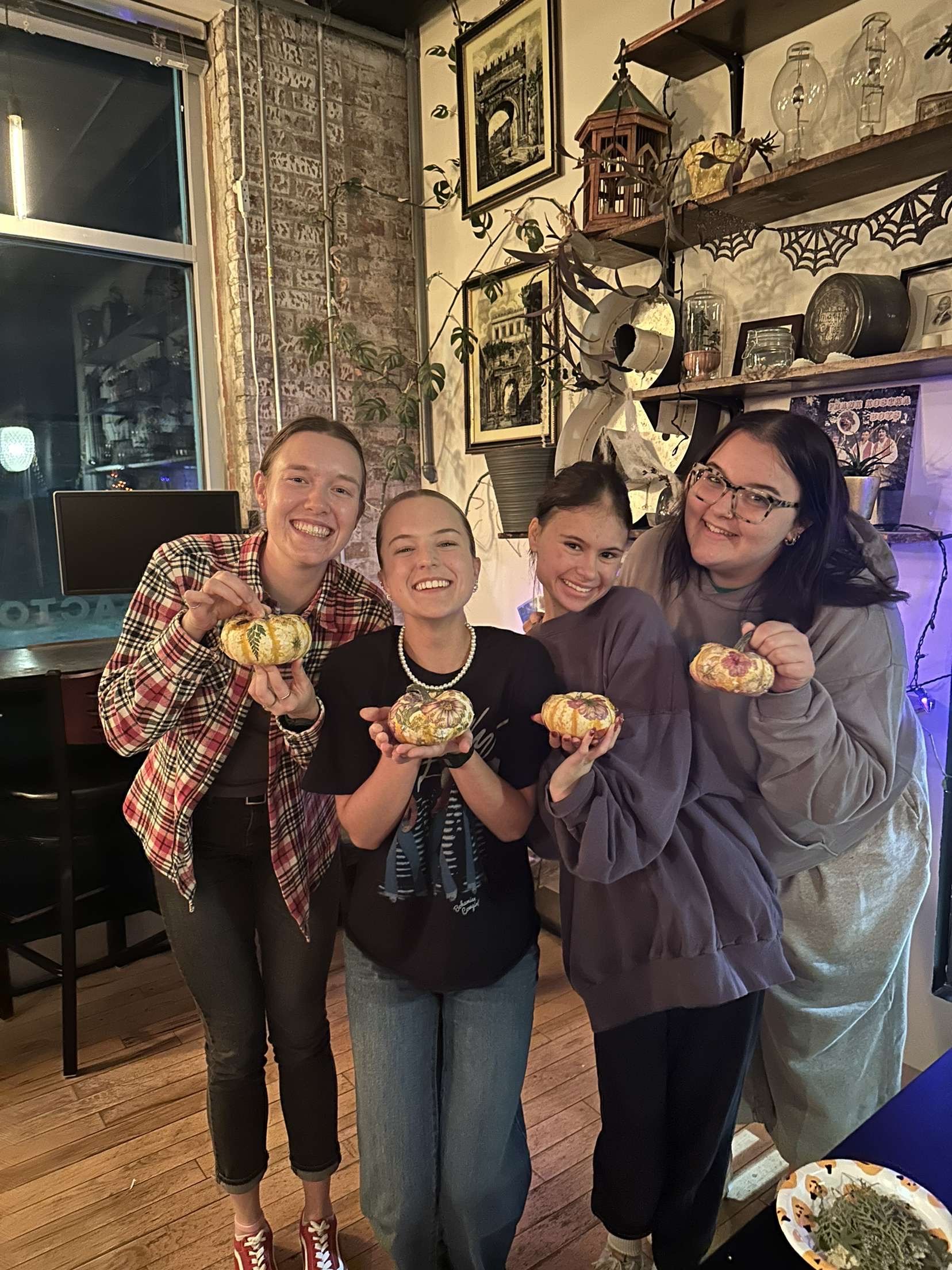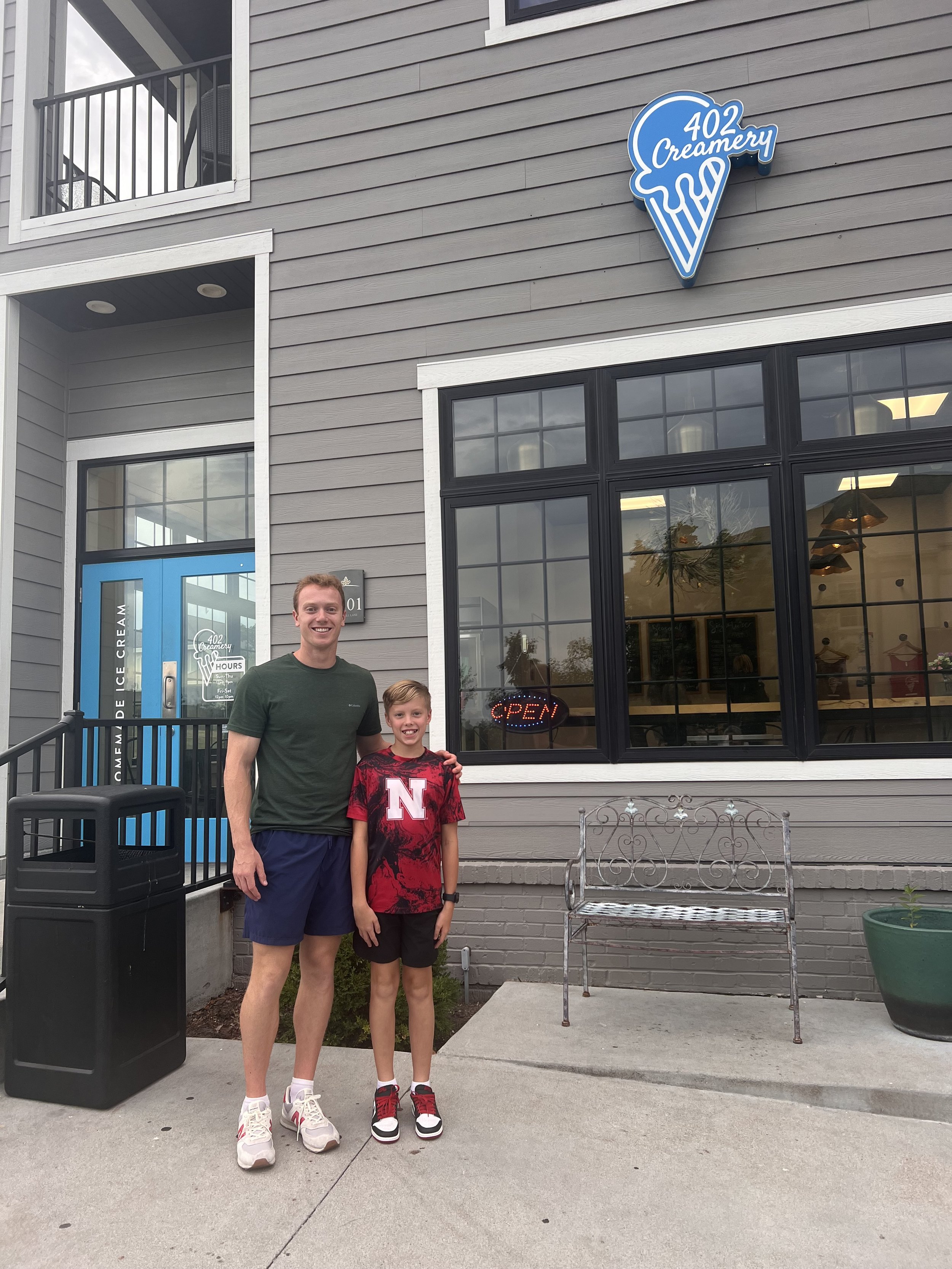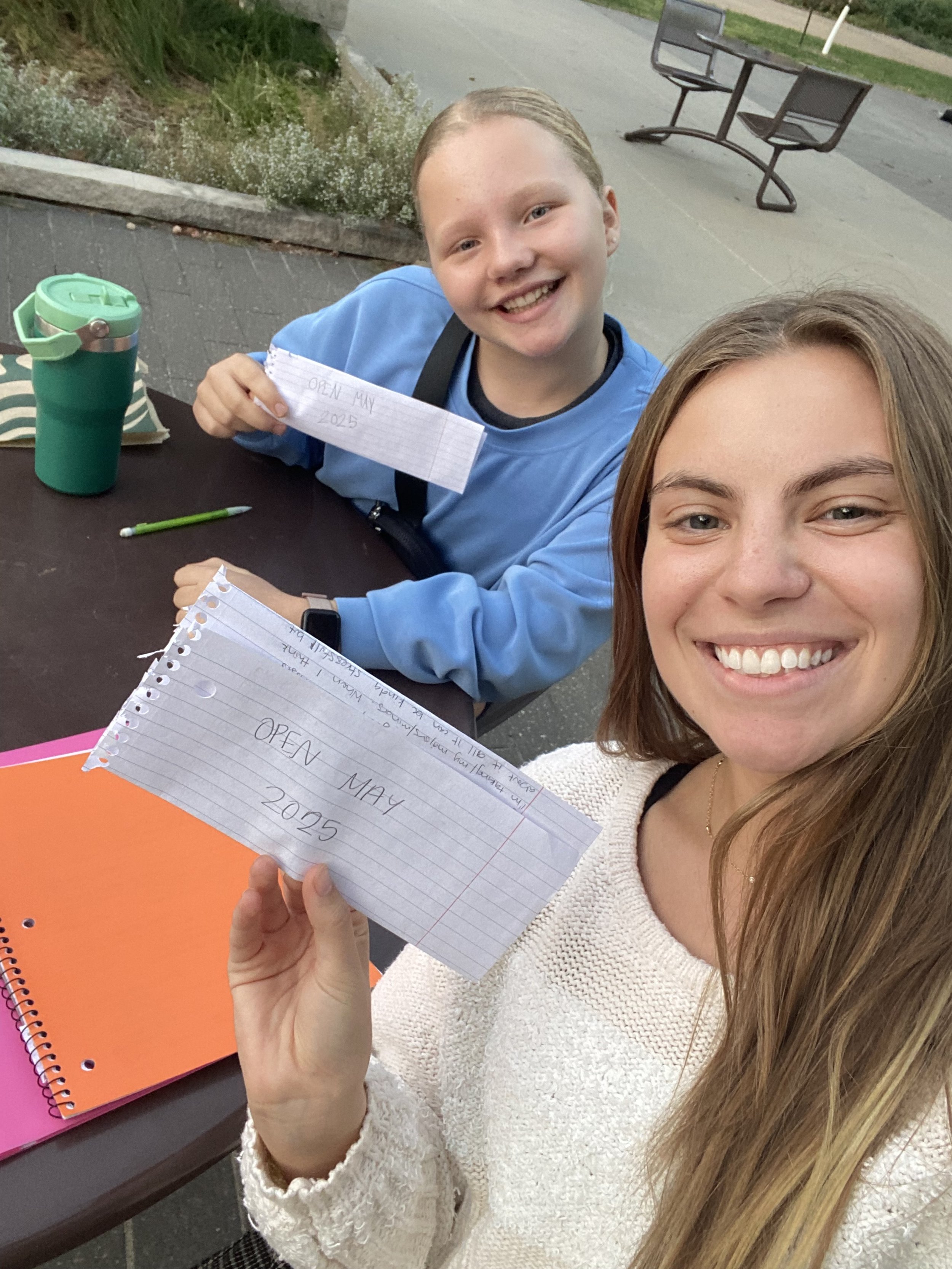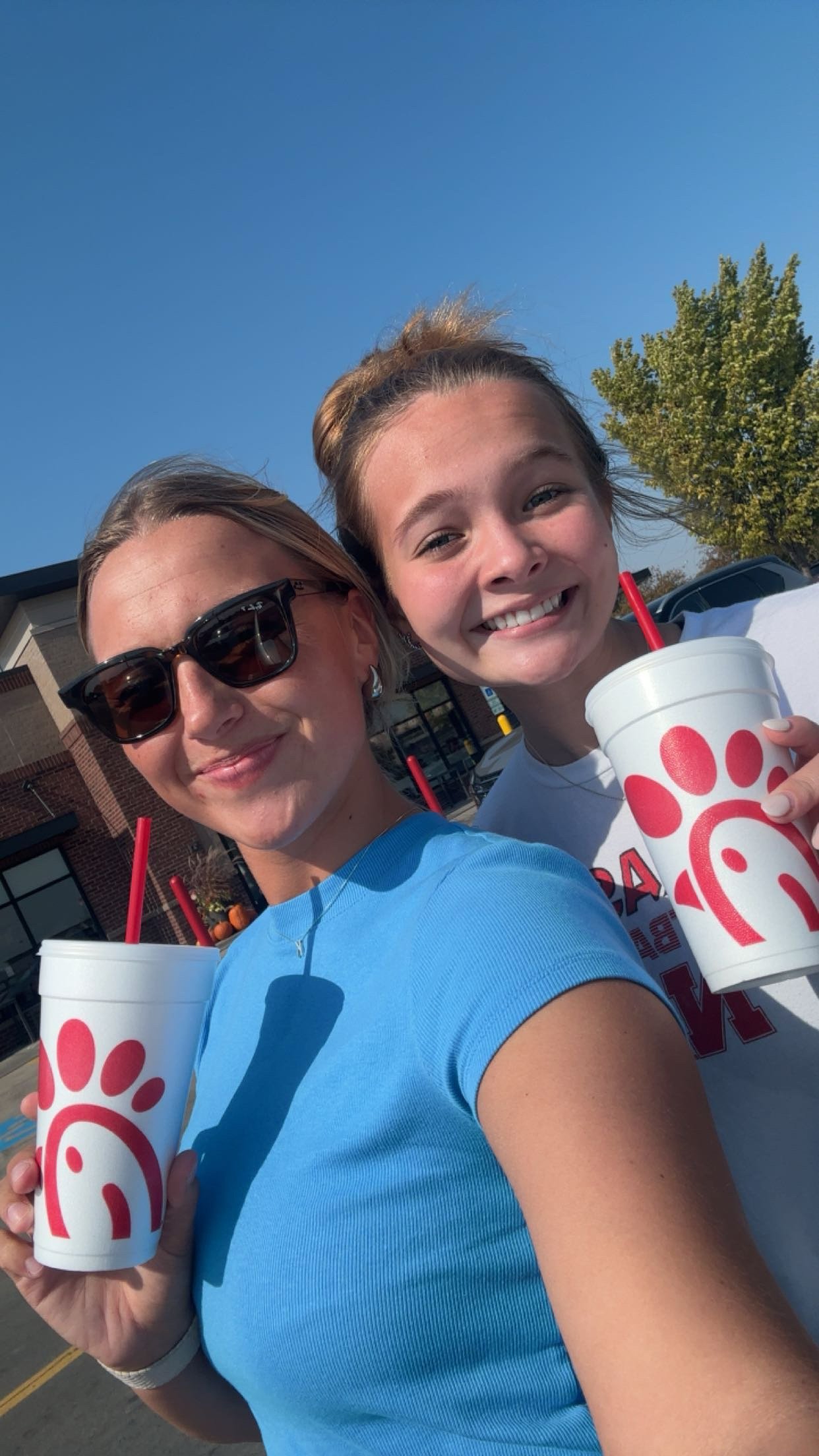Story 50 - Building Human Capital: Investment Model
Reinvestment is at the heart of NHRI’s mission. It’s that powerful moment when a leadership mentee takes the lessons learned from their mentor and pays it forward, starting a ripple effect that touches countless lives. Emersyn Liljehorn, a current NHRI mentor, is the perfect example of this ripple effect in action. Having been mentored in both Park and LDP Lincoln High projects, Emersyn received invaluable guidance from mentors like Taylor Boeke (’22). Now, she’s passing that investment on to her own mentee, Norah.
“Taylor poured into me, and now I get to pour into my mentee”
Her story of reinvestment echoes the vision set by Dr. Hall’s original research, which laid the foundation for NHRI’s investment relationship model. Dr. William E. Hall believed that people’s primary interest would lie in one of three areas: things, ideas and people. NHRI is vitally interested in the study of people. Dr. Hall believed that all people want to be significant. He believed that every person wants to be successful.
One of the things Dr. Hall learned in his research is that the presence of strong, positive relationships made a difference in people’s ability to discover and develop their talents. It does not matter whether people are rich or poor, from an urban or rural background. What matters is that they have people in their lives who have made a difference, people who have demonstrated an authentic interest in helping them discover and develop their abilities.
Accordingly, Dr. Hall believed that relationships are the most important aspect in life. It is through relationships with “difference-makers” that people begin to find out what they can do and to identify their own talents. Dr. Hall defined relationship as “the response you make to the existence of another person.” If the response is beneficial for the other person, then it is a good relationship; if the response is detrimental, it is a bad relationship.
Many of the early experiments conducted by Dr. Hall’s students placed people who related well to others in a variety of new settings and circumstances involving groups of people. Through observation of the subjects, Dr. Hall’s students concluded that these people did well in every new situation, learning each person’s name and finding out something about each one. They also noted that the individuals with whom the subjects interacted responded favorably because they were treated well—respected as unique individuals of significance and value.
Dr. Hall described three levels of relationships:
1) Exploratory: This would include early responses made to a person being met for the first time.
2) Work-a-day: These are the relationships formed between those who meet together on a daily basis.
3) Investment: These are relationships that have the power to change people’s lives. They are somewhat analogous to what occurs in the banking business. An investment in another person yields dividends for the investor. Dr. Hall maintained that lasting, significant differences in human beings could only become a reality when one person invests time in another person on an individual basis, one person at a time. He believed this could only happen if the investor’s “human relations capital” is equal to or greater than the needs of the investee. Concern for others, no matter how sincere, does not by itself guarantee favorable development.
The investor’s role is to:
Discover the needs and potential of the investee and, with this information, develop an investment relationship. The investor uses human relations capital, time, and effort to set up positive stimulus situations in which the investee can thrive.
Build competency in the talents of the investee.
Encourage the development of the investee’s abilities, and to help plan and develop goals for a realistic approach to the future.
Tutor or find someone with special skills or talents to help the investee.
Use the leadership role to motivate the investee to develop beyond the usual performance.
Participate in experiences, comparing interpretations of situations and determining how the experience relates to the investee’s life.
Levels of Investment
Level 1: Observation-Entertainment--being together at spectator activities
Level 2: Participation-Entertainment--both participate in the entertainment
Level 3: Learning-Participation--both learn something new
Level 4: Teaching-Organizing--one teaches the other something
Level 5: Investing in Others--investee invests in others
